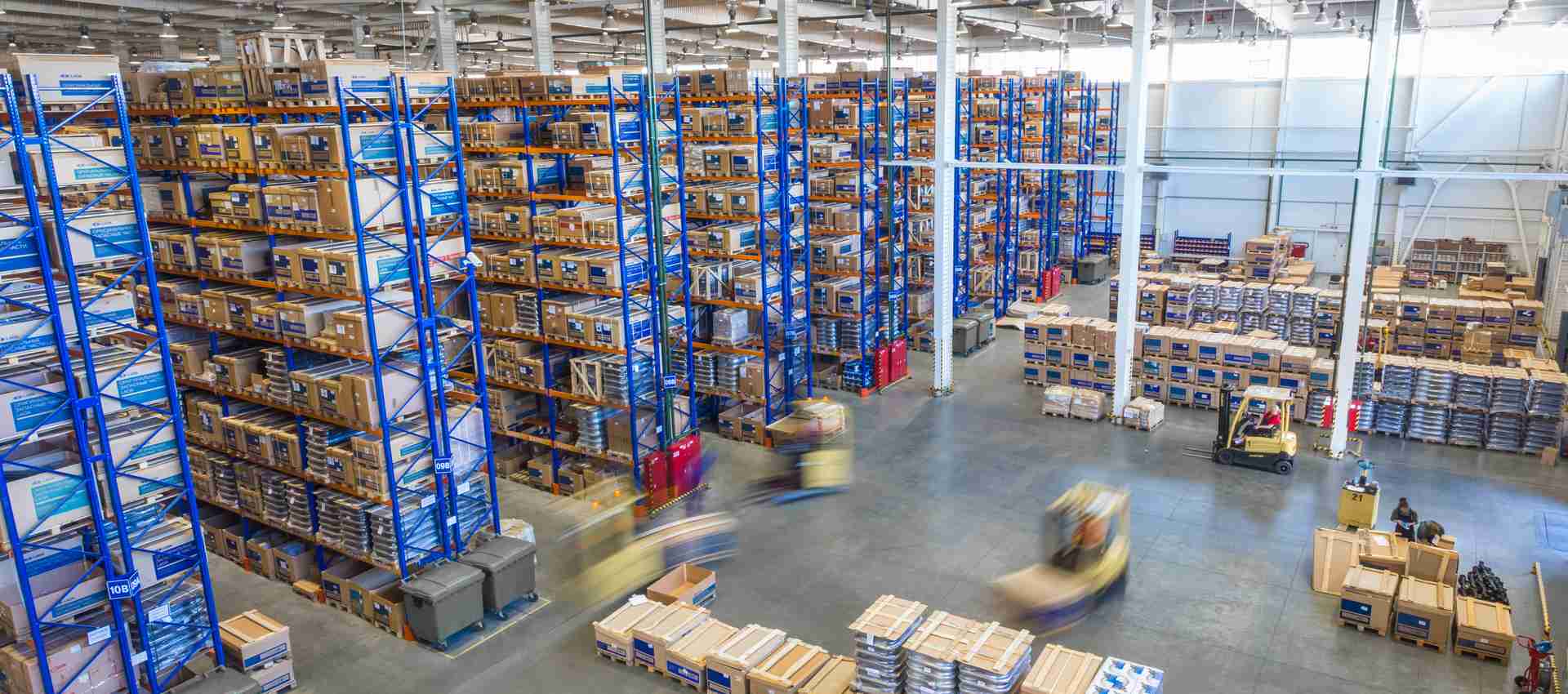Creating an efficient warehouse layout can make or break your Brisbane operation’s success. With property costs rising across Queensland and competition intensifying, maximizing every square meter of your facility isn’t just smart business – it’s essential for survival. A well-planned warehouse design can boost productivity by up to 30% while reducing operational costs significantly.
Start with Smart Space Planning
The foundation of any successful Brisbane warehouse begins with strategic space allocation. Divide your facility into distinct zones: receiving, storage, picking, packing, and shipping. Each area should flow seamlessly into the next, minimizing unnecessary movement of both staff and equipment. Consider the 80/20 rule – place your fastest-moving inventory closest to packing areas, while slower items can occupy higher or more distant storage locations.
Optimize Traffic Flow for Maximum Efficiency
Warehouse operations depend heavily on smooth traffic patterns. Design wide aisles that accommodate your forklifts and pallet jacks while allowing pedestrian traffic to move safely. In Brisbane’s logistics environment, where speed often determines customer satisfaction, eliminating bottlenecks and congestion points is crucial. Create one-way traffic flows where possible and clearly mark pedestrian walkways to enhance warehouse safety.
Strategic Equipment Placement
Your Warehouse equipment Brisbane placement directly impacts productivity. Position pallet racking systems to maximize vertical storage while maintaining easy access for material handling equipment. Plastic crates and storage containers should be organized in easily identifiable locations, with frequently used items at optimal picking heights. Consider installing conveyor systems in high-volume areas to reduce manual handling and speed up order fulfillment.
Brisbane-Specific Climate Considerations
Queensland’s subtropical climate presents unique challenges for warehouse design Brisbane operations. Position loading docks to minimize exposure to afternoon sun and heavy rainfall. Ensure adequate ventilation throughout the facility, particularly in areas storing temperature-sensitive goods. plastic tubs Melbourne storage containers work exceptionally well in Brisbane’s humid conditions, resisting moisture damage that can affect cardboard alternatives.
Compliance and Safety Integration
Australian workplace safety regulations must be woven into your layout from day one. Install proper lighting, emergency exits, and safety barriers throughout the facility. Create designated areas for warehouse safety equipment and ensure all staff can access safety stations quickly. Your layout should accommodate regular safety inspections and maintenance activities without disrupting daily operations.
Flexible Design for Future Growth
Smart warehouse layouts anticipate business growth and changing needs. Design modular storage systems that can be reconfigured as your product mix evolves. Companies like Equip2Go offer scalable solutions that grow with your business, from basic shelving systems to sophisticated automated storage solutions.
Technology Integration Points
Modern warehouse operations increasingly rely on technology. Plan locations for barcode scanners, inventory management terminals, and charging stations for electric material handling equipment. Ensure your layout accommodates future automation without requiring complete redesign.
The key to successful warehouse layout design lies in balancing efficiency, safety, and flexibility. Start with your current needs but build in capacity for growth. Remember, a well-designed Brisbane warehouse isn’t just about storing products – it’s about creating a competitive advantage in Australia’s dynamic marketplace.




